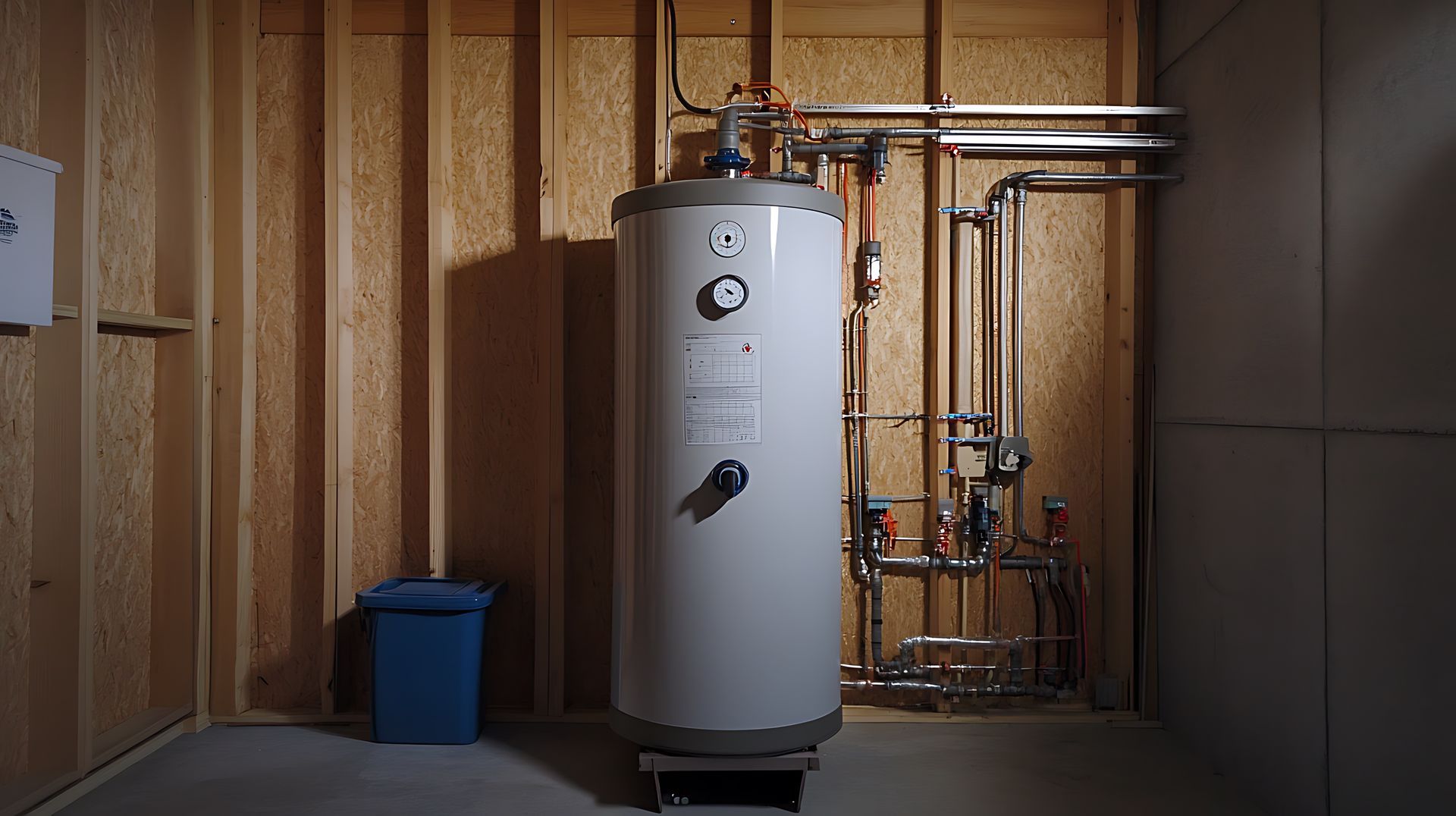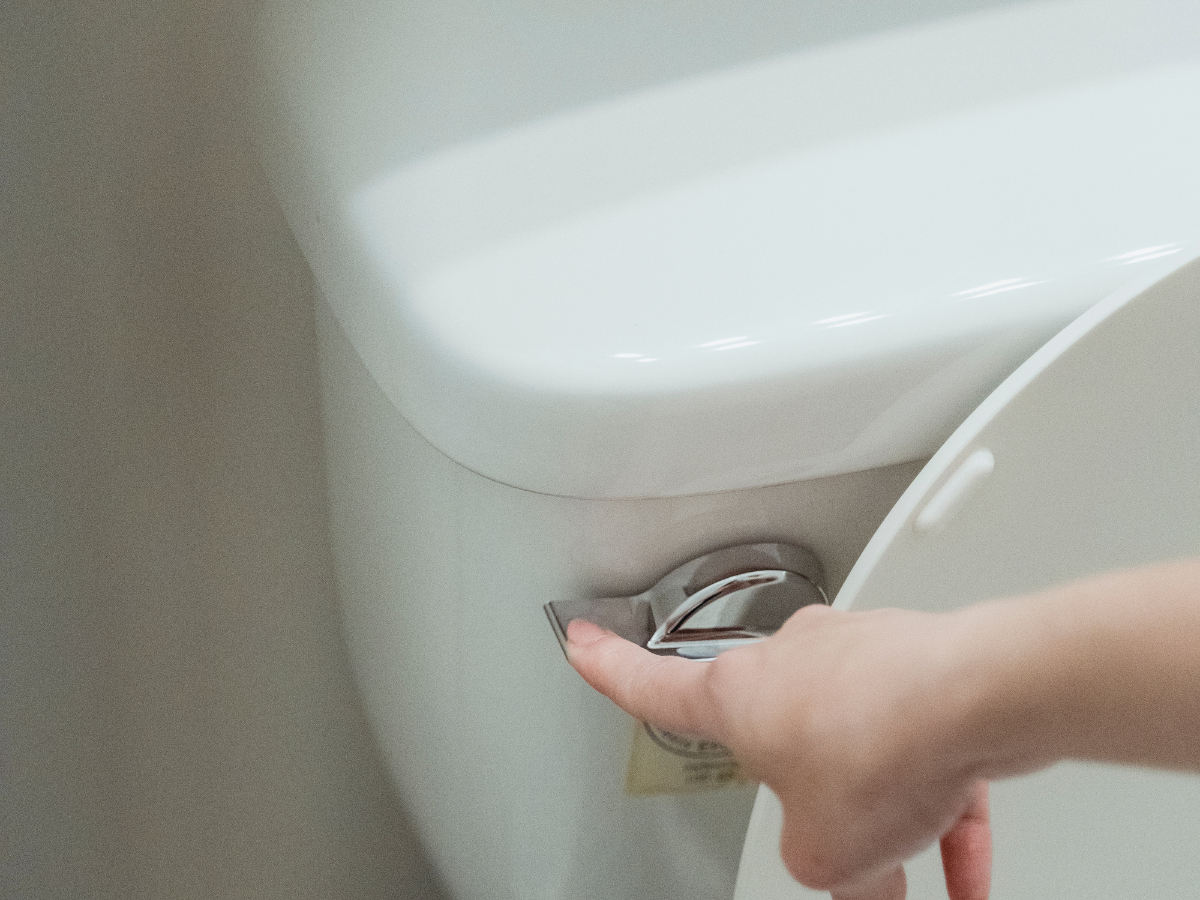When winter arrives, it’s common to notice that your hot water doesn’t feel as warm as usual, even though your water heater settings haven’t changed. Many homeowners wonder whether turning up the temperature is the best solution—or if it could cause more harm than good.
The truth is that while colder weather can affect water temperature, adjusting your water heater too high can lead to safety risks and increased energy costs. Here’s how to determine when (and how much) to safely adjust your water heater this winter.

Why Water Feels Colder in Winter
During cold weather, the incoming water supply is significantly colder, meaning your heater must work harder to reach the same output temperature. In Pennsylvania, groundwater temperatures can drop by 10 to 15 degrees in winter, which impacts both recovery time and hot water availability.
Other factors that can make water feel cooler include:
- Older water heaters with sediment buildup reducing efficiency.
- Long pipe runs that allow heat loss before reaching faucets.
- Increased household demand for hot water during the colder months.
Understanding these factors can help you decide whether to make small adjustments—or if your system may need professional servicing.
Should You Turn Up the Temperature?
In most cases, you can safely raise your water heater temperature slightly during the winter to compensate for colder incoming water. The recommended adjustment is no more than 5 to 10 degrees above your normal setting.
For example:
- The standard factory setting is typically 120°F, which is safe and energy-efficient.
- You may increase it temporarily to 125°F or 130°F if water feels noticeably cooler.
However, increasing temperatures above 130°F can pose burn risks, especially for children and older adults. It also increases energy usage and can accelerate mineral buildup inside your tank.
If your water still isn’t heating properly after a small adjustment, it may indicate an underlying issue such as a failing heating element or thermostat problem that should be inspected by a plumber.
Ways to Improve Hot Water Efficiency Without Turning Up the Heat
There are several ways to maintain consistent hot water temperature without raising your heater settings:
- Insulate your water heater and pipes to minimize heat loss, especially in unheated areas.
- Flush your water heater tank annually to remove sediment and improve heating efficiency.
- Install low-flow showerheads to reduce water usage and preserve hot water longer.
- Use shorter, staggered showers when possible to avoid overloading the system.
- Consider upgrading to a tankless water heater, which heats water on demand and is more energy efficient in cold weather.
Each of these steps helps maintain consistent comfort while extending the life of your system.
When to Call a Professional Plumber
If adjusting the temperature doesn’t improve your hot water consistency, it may be time for a professional inspection. A plumber can:
- Test the thermostat and heating elements.
- Inspect pipes for heat loss or leaks.
- Recommend insulation upgrades or water heater replacement if necessary.
Professional service ensures that your system runs safely, efficiently, and reliably all winter long.
Conclusion
While it’s safe to slightly increase your water heater temperature in cold weather, large adjustments can lead to higher energy costs and potential safety risks. The best way to maintain consistent hot water is by combining small adjustments with proper maintenance and insulation.
At Edward’s Plumbing, we specialize in water heater repair, installation, and maintenance to keep your home comfortable year-round. Whether you need help adjusting your settings or upgrading your system, our expert team is ready to help you stay warm this winter.
Share this blog!












